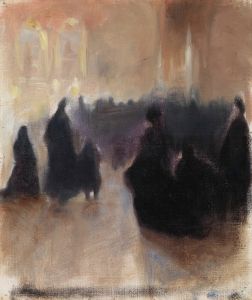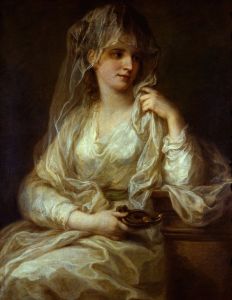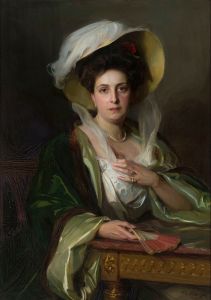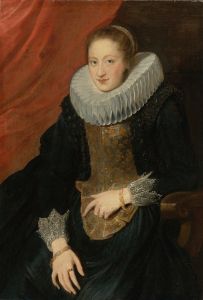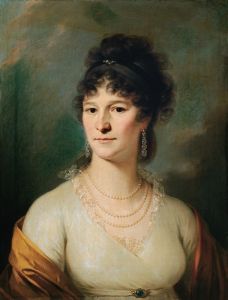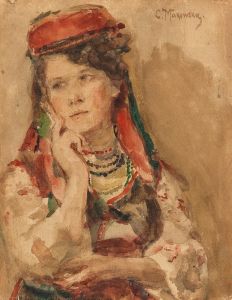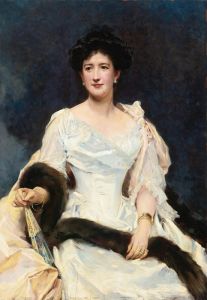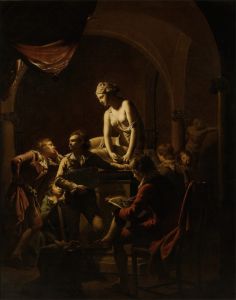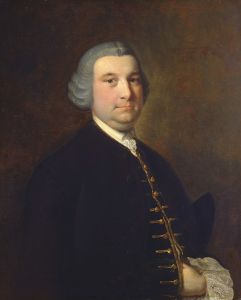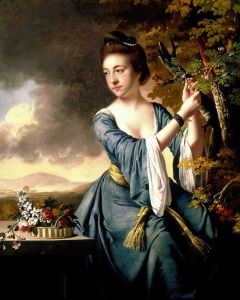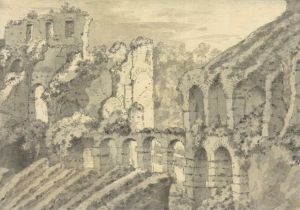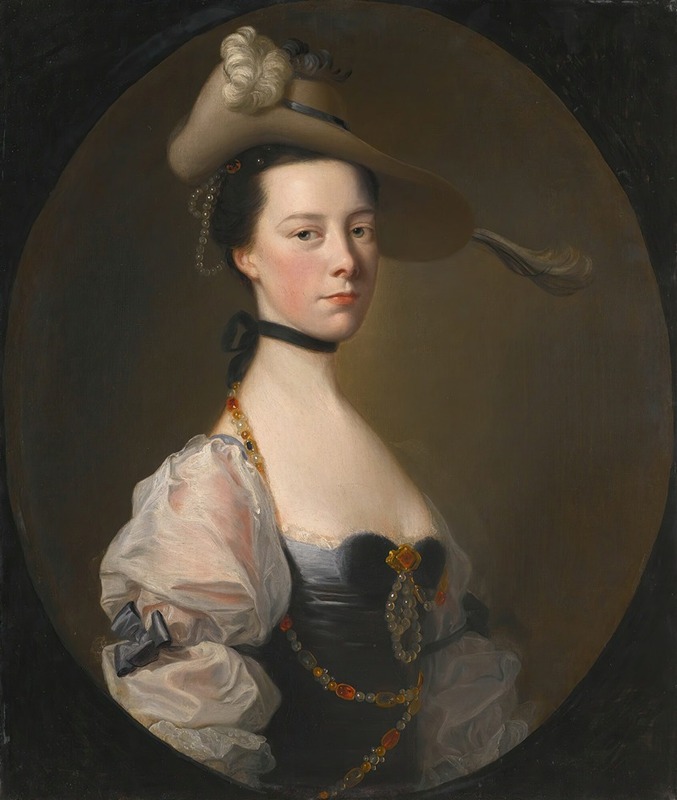
Portrait Of A Lady
A hand-painted replica of Joseph Wright of Derby’s masterpiece Portrait Of A Lady, meticulously crafted by professional artists to capture the true essence of the original. Each piece is created with museum-quality canvas and rare mineral pigments, carefully painted by experienced artists with delicate brushstrokes and rich, layered colors to perfectly recreate the texture of the original artwork. Unlike machine-printed reproductions, this hand-painted version brings the painting to life, infused with the artist’s emotions and skill in every stroke. Whether for personal collection or home decoration, it instantly elevates the artistic atmosphere of any space.
Joseph Wright of Derby was an 18th-century English painter renowned for his distinctive use of chiaroscuro and his ability to capture the spirit of the Enlightenment through his art. While he is best known for his dramatic scenes of scientific experiments and industrial landscapes, Wright also painted a number of portraits throughout his career. One such work is "Portrait of a Lady."
"Portrait of a Lady" by Joseph Wright of Derby exemplifies his skill in portraiture, showcasing his ability to capture the character and elegance of his sitters. Although specific details about this particular painting, such as the identity of the sitter or the exact date of its creation, are not well-documented, it is consistent with Wright's style and the period in which he was active.
Wright's portraits often reflect the influence of the Enlightenment, a period that emphasized reason, science, and intellectual interchange. His works are characterized by a keen attention to detail and a subtle interplay of light and shadow, which lend his subjects a sense of depth and realism. In "Portrait of a Lady," these elements are likely present, highlighting the sitter's features and attire with a refined elegance.
The composition of Wright's portraits typically involves a focus on the sitter, often set against a plain or minimally detailed background. This approach draws attention to the individual, allowing their personality and status to be the central focus of the work. The use of chiaroscuro, a technique that contrasts light and dark, is a hallmark of Wright's style and adds a dramatic effect to his portraits.
Joseph Wright of Derby's contribution to portraiture is significant, as he brought the same level of innovation and attention to detail to these works as he did to his more famous industrial and scientific scenes. His portraits are valued for their ability to convey the dignity and individuality of the sitter, qualities that were highly prized during the Enlightenment.
While "Portrait of a Lady" may not be as widely recognized as some of Wright's other works, it remains an important example of his portraiture. It reflects the artistic trends of the 18th century and provides insight into the social and cultural milieu of the time. Wright's ability to capture the essence of his subjects ensures that his portraits continue to be appreciated for their artistic merit and historical significance.
In summary, "Portrait of a Lady" by Joseph Wright of Derby is a testament to the artist's skill in capturing the likeness and character of his sitters. Although specific details about the painting are limited, it remains an important part of Wright's oeuvre, illustrating his contribution to the art of portraiture during the Enlightenment.





